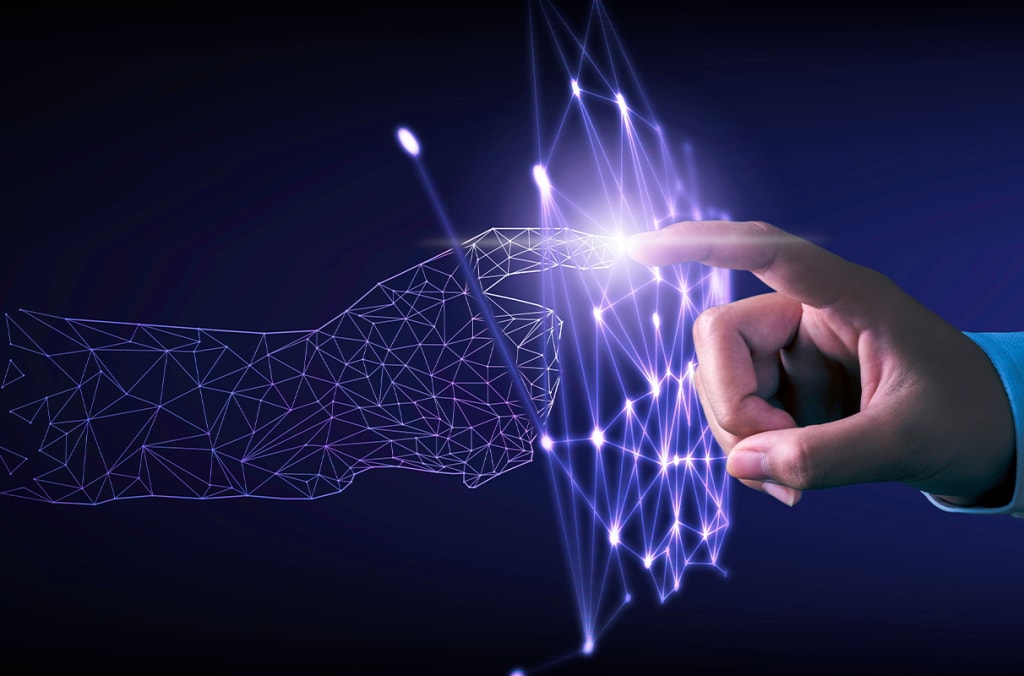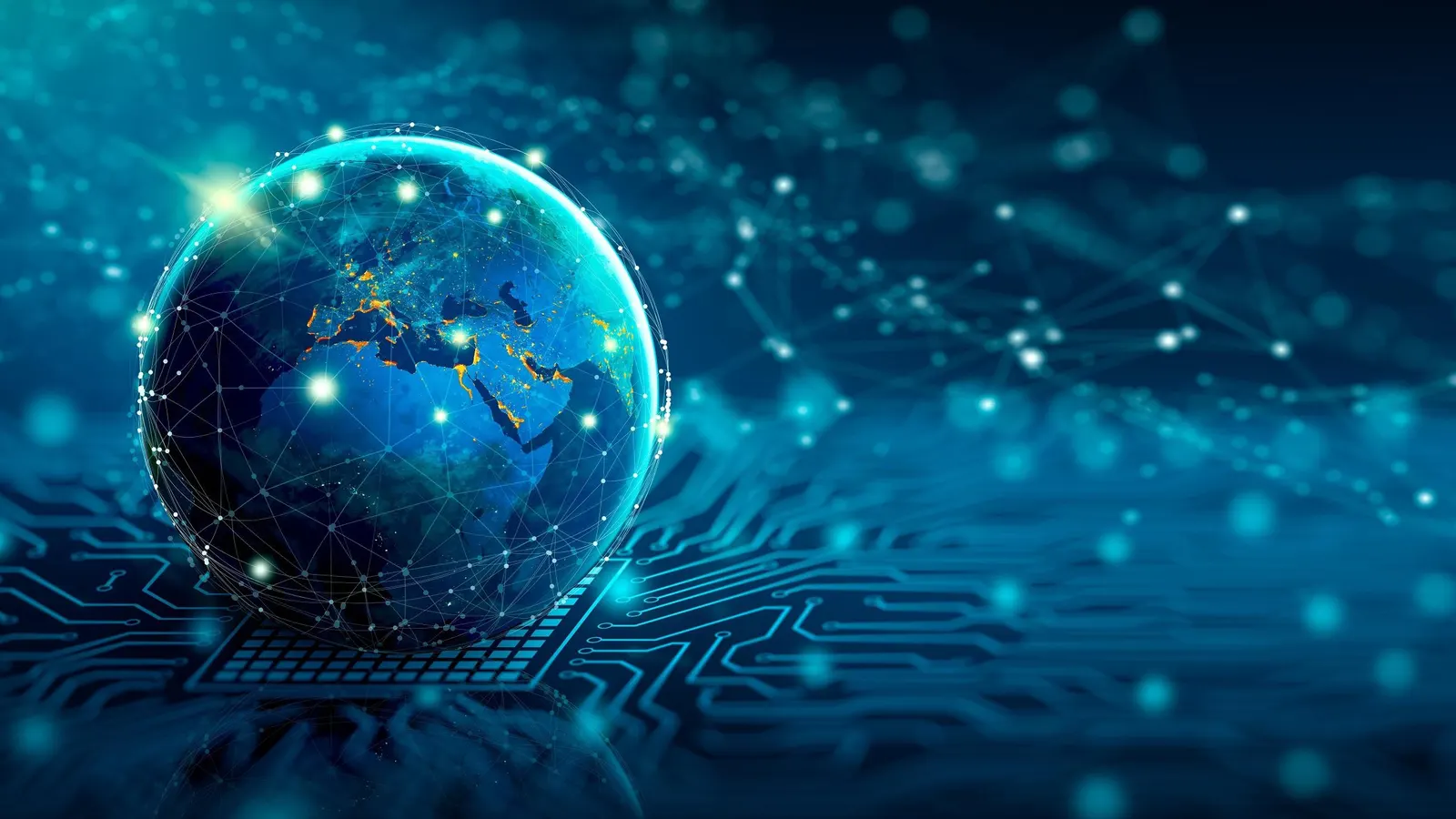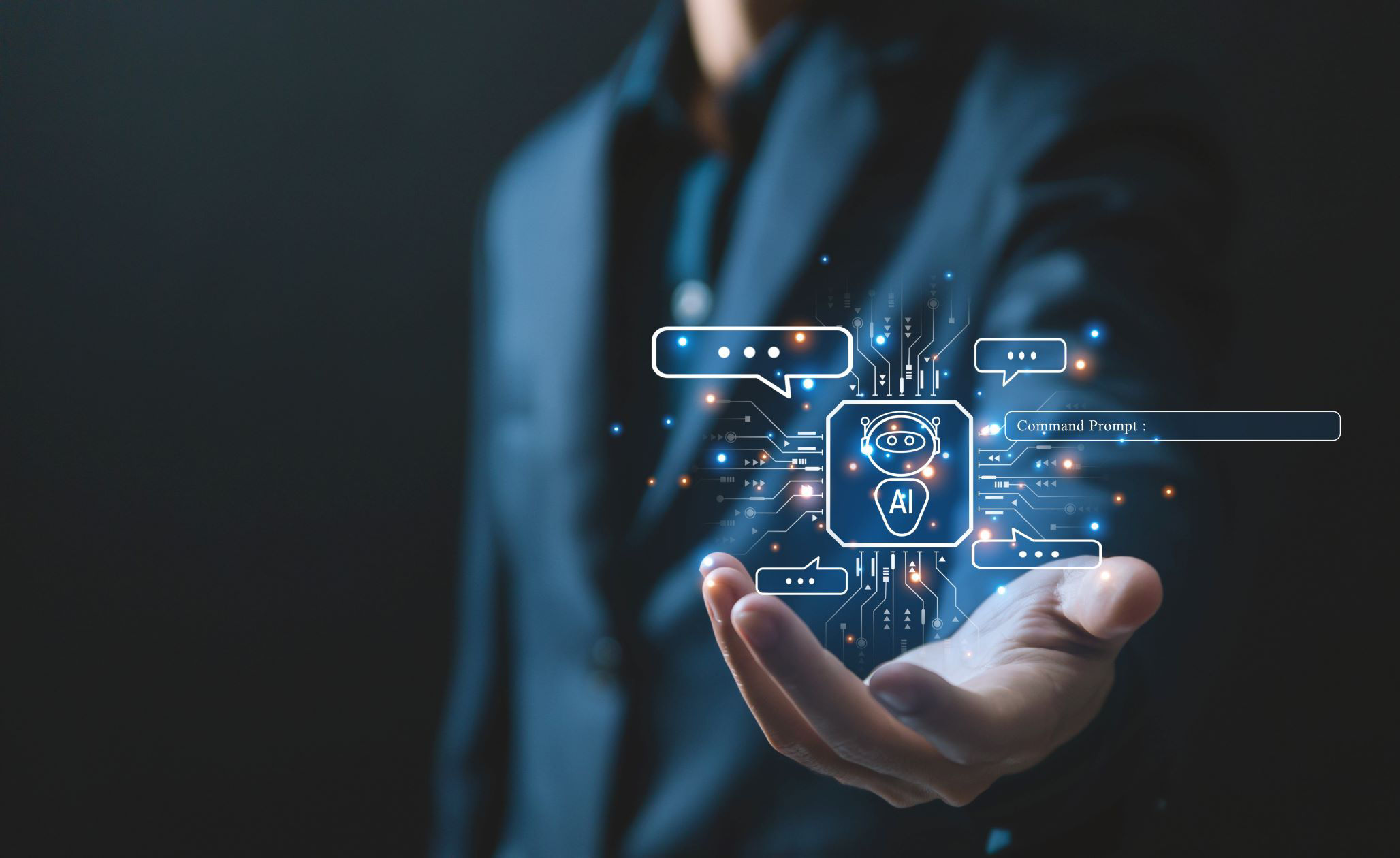AI and Technology: Shaping the Future of Our World

We are living in one of the most exciting and transformative times in human history. Technology is advancing faster than ever before, and at the heart of this revolution is Artificial Intelligence (AI) — a powerful force that’s changing the way we live, work, and think.
From smartphones that understand our voice to cars that drive themselves, AI is no longer science fiction. It’s here, and it’s reshaping everything around us.
In this article, we’ll explore what AI is, how it’s being used today, and what the future might hold for technology and humanity.

🤖 What Is Artificial Intelligence?
At its core, Artificial Intelligence refers to the ability of machines to mimic human intelligence. This means learning, reasoning, problem-solving, understanding language, and even creativity — all done by computers and software.
There are two main types of AI:
-
Narrow AI: AI designed to perform a specific task, like facial recognition or language translation (most of today’s AI).
-
General AI: A hypothetical form of AI that could perform any intellectual task a human can — this is still in the future.
🧠 How AI Works: A Simple Explanation
AI uses data and algorithms to make decisions. Think of it like teaching a robot: the more data it gets, the smarter it becomes. Here’s how it typically works:
-
Data Collection: AI systems learn from massive amounts of data (images, texts, videos, etc.).
-
Training: They are trained using algorithms to detect patterns or predict outcomes.
-
Output: Once trained, AI can perform tasks like recognizing your face in a photo or suggesting the next word while you’re typing.
The more data and time you give AI to learn, the more accurate and helpful it becomes.
🌐 AI in Everyday Life: You’re Already Using It
You might not realize it, but AI is already part of your daily routine:
-
Smart Assistants (like Siri, Alexa, Google Assistant) understand voice commands and answer questions.
-
Social Media uses AI to recommend posts, filter spam, and recognize faces.
-
Streaming Services (Netflix, YouTube, Spotify) suggest content based on your viewing habits.
-
Navigation Apps like Google Maps use AI to calculate the fastest routes in real time.
-
Online Shopping platforms like Amazon use AI to recommend products based on your searches.
AI is behind the scenes, quietly making life easier and more personalized.
🏥 AI in Healthcare
One of the most promising uses of AI is in medicine and healthcare. Here’s how it’s transforming the field:
-
Faster Diagnoses: AI can analyze medical images (like X-rays or MRIs) to detect diseases earlier and more accurately.
-
Drug Discovery: AI speeds up the process of finding new treatments.
-
Virtual Health Assistants: Chatbots and apps can answer health questions and remind patients to take their medication.
-
Robotic Surgery: AI-powered robots assist surgeons with precise procedures, reducing recovery time.
The goal? Better care, fewer errors, and longer lives.
🚗 AI in Transportation
From ride-sharing apps to self-driving cars, AI is redefining how we move:
-
Autonomous Vehicles: Companies like Tesla and Waymo are developing self-driving cars that use AI to navigate roads safely.
-
Traffic Prediction: AI helps city planners improve traffic flow and reduce congestion.
-
Logistics & Delivery: AI optimizes delivery routes, reduces costs, and speeds up shipping times for companies like Amazon.
The future of transportation is fast, efficient, and mostly hands-free.

🏭 AI in Industry and Business
AI is also changing how companies operate:
-
Customer Support: Chatbots handle customer questions 24/7.
-
Data Analysis: AI can process huge datasets to find insights humans might miss.
-
Marketing: AI helps businesses target the right customers at the right time with personalized ads.
-
Automation: Machines and robots powered by AI are replacing repetitive manual tasks, improving speed and reducing costs.
This helps businesses become more competitive — but also raises concerns about jobs (more on that later).
📚 AI in Education
AI is also helping to create smarter classrooms and personalized learning:
-
Tutoring Tools: AI apps like Duolingo adapt to each learner’s pace and style.
-
Grading: AI can assist teachers by grading multiple-choice and even short-answer questions.
-
Learning Analytics: AI can track student progress and highlight areas where they’re struggling.
As AI becomes more advanced, it could help provide high-quality education to students anywhere in the world.
⚠️ Challenges and Ethical Concerns
With great power comes great responsibility. While AI offers incredible benefits, it also raises important questions:
🔒 Privacy
AI systems collect and analyze massive amounts of personal data. How that data is used and protected is a growing concern.
👩🏭 Job Displacement
Automation is replacing some jobs, especially in manufacturing and data entry. We’ll need to adapt by learning new skills and focusing on roles that require human creativity and empathy.
⚖️ Bias and Fairness
AI can reflect the biases in the data it’s trained on. This can lead to unfair treatment in hiring, policing, and lending.
🧠 Control
Some experts worry about future AI systems becoming too powerful or unmanageable. That’s why many researchers are working on AI safety and ethics.
🚀 The Future: What’s Next for AI and Technology?
The future of AI is both thrilling and uncertain. Here are a few trends to watch:
-
AI-generated content (like this article!) will become more common.
-
AI companions could help fight loneliness, especially in elderly care.
-
Smarter cities powered by AI will use sensors to manage energy, traffic, and public services more efficiently.
-
Human-AI collaboration will grow — think doctors working with AI assistants or teachers using AI lesson planners.
Ultimately, the future depends on how we choose to use this technology — responsibly, ethically, and creatively.
